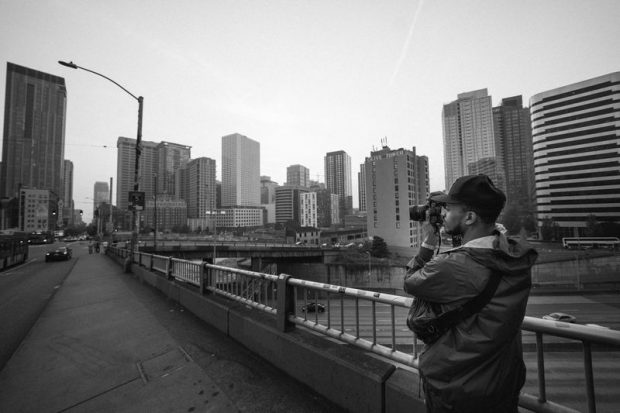Things about Framing Streets
Things about Framing Streets
Blog Article
Framing Streets - An Overview
Table of ContentsAn Unbiased View of Framing StreetsSome Of Framing StreetsThe Framing Streets Diaries7 Easy Facts About Framing Streets ExplainedThe Best Guide To Framing StreetsHow Framing Streets can Save You Time, Stress, and Money.
Digital photography style "Crufts Pet dog Program 1968" by Tony Ray-Jones Street photography (likewise sometimes called honest photography) is photography performed for art or query that features unmediated opportunity encounters and random cases within public locations, usually with the purpose of catching images at a crucial or touching moment by cautious framing and timing. 
His boots and legs were well specified, but he is without body or head, since these were in motion." Charles Ngre, waterseller Charles Ngre. https://www.metal-archives.com/users/framingstreets1 was the very first photographer to acquire the technical refinement required to register individuals in activity on the street in Paris in 1851. Professional Photographer John Thomson, a Scotsman dealing with reporter and social activist Adolphe Smith, published Street Life in London in twelve regular monthly installations beginning in February 1877
More About Framing Streets
Eugene Atget is pertained to as a progenitor, not due to the fact that he was the initial of his kind, however as a result of the popularisation in the late 1920s of his record of Parisian streets by Berenice Abbott, that was influenced to embark on a similar documentation of New york city City. [] As the city developed, Atget helped to promote Parisian roads as a worthwhile topic for photography.

The 30-Second Trick For Framing Streets
The principal Mass-Observationists were anthropologist Tom Harrisson in Bolton and poet Charles Madge in London, and their initial report was produced as guide "May the Twelfth: Mass-Observation Day-Surveys 1937 by over 2 hundred viewers" [] Home window cleaner at Kottbusser Tor, Berlin, by Elsa Thiemann c. 1946 The post-war French Humanist School professional photographers discovered their topics on the road or in the diner. Between 1946 and 1957 Le Groupe des XV yearly displayed job of this kind. Andre Kertesz. Circus, Budapest, 19 May 1920 Road digital photography created the significant content of two exhibitions at the Museum of Modern Art (Mo, MA) in New York curated by Edward Steichen, Five French Photographers: Brassai; Cartier-Bresson, Doisneau, Ronis, Izis in 1951 to 1952, and Post-war European Photography in 1953, which exported the concept of road digital photography worldwide.

The Framing Streets PDFs
The recording equipment was 'a hidden cam', a 35 mm Contax concealed beneath his layer, that was 'strapped to the chest and attached to a long cord strung down the best sleeve'. His job had little modern effect as due to Evans' sensitivities about the creativity of his project and the personal privacy of his topics, it was not published up until 1966, in the book Several Are Called, with an intro written by James Agee in 1940.
Helen Levitt, then an educator of little ones, connected with Evans in 193839. She recorded the temporal chalk illustrations - photography presets that belonged to youngsters's road culture in New york city at the time, in addition to the kids who made them. In July 1939, Mo, MA's new photography section consisted of Levitt's work in its inaugural eventRobert Frank's 1958 book,, was substantial; raw and typically indistinct, Frank's photos examined conventional digital photography of the time, "challenged all the official policies put down by Henri Cartier-Bresson and Walker Evans" and "contradicted the wholesome pictorialism and sincere photojournalism of American magazines like LIFE and Time".
Report this page